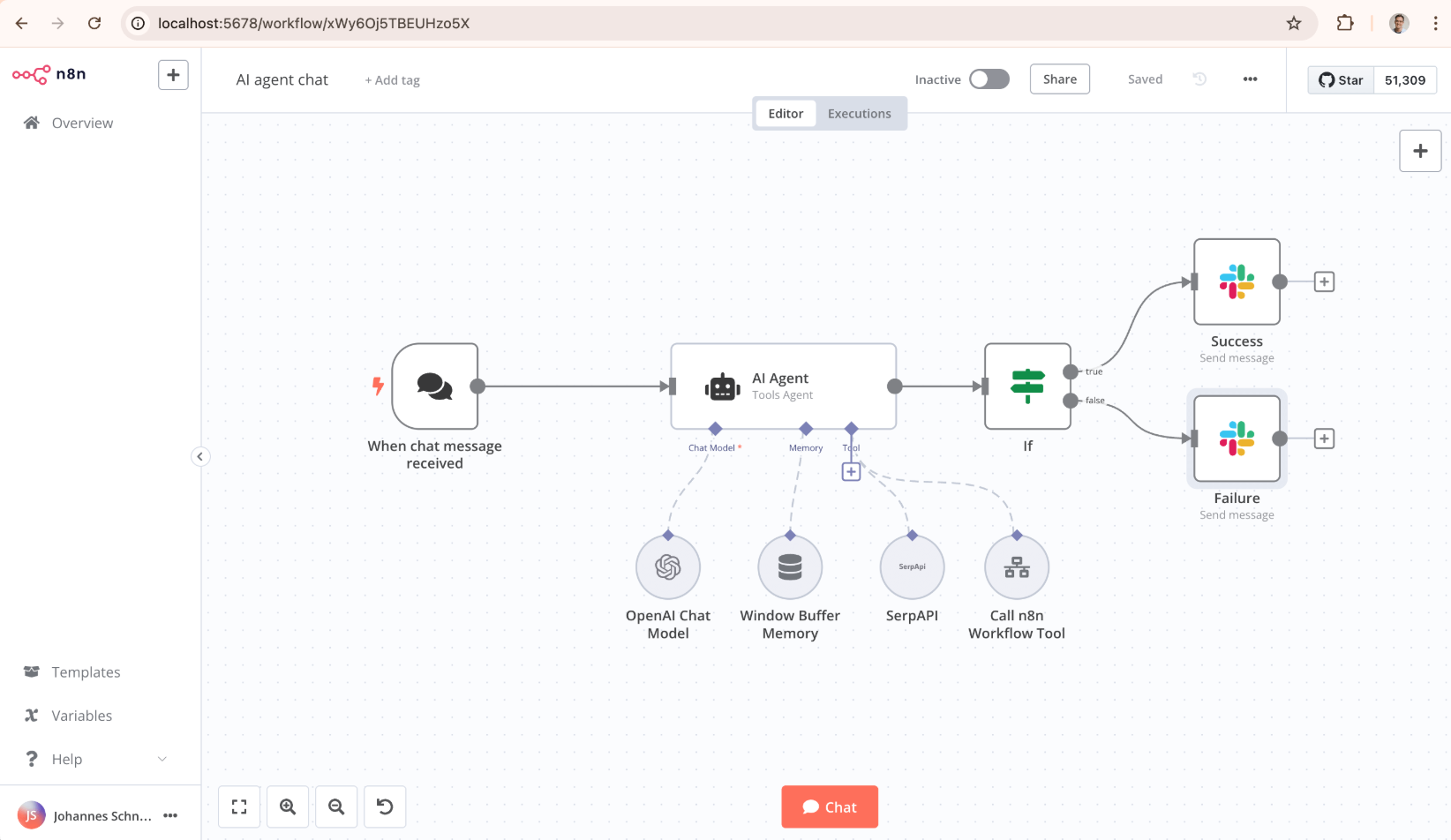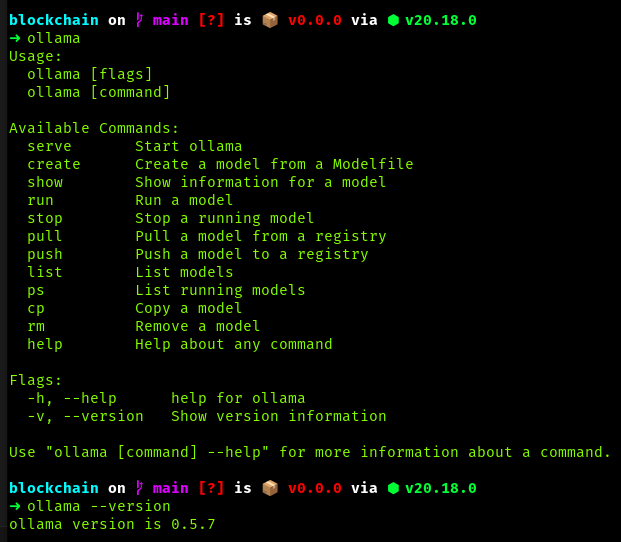Module Lattice Based Key Encapsulation Mechanism Standard
An In-Depth Exploration of the ML-KEM Standard
The source provided is the official FIPS 203 document specifying the Module-Lattice-Based Key-Encapsulation Mechanism (ML-KEM) standard. It aims to provide a complete guide for implementing ML-KEM, a cryptographic algorithm designed to resist attacks from quantum computers.
This response will explore the key concepts of the ML-KEM standard, the rationale behind its design, and important implementation considerations.
The Quantum Threat and the Rise of Post-Quantum Cryptography
Before examining ML-KEM itself, it is crucial to understand the context that led to its creation. Modern cryptography relies heavily on public-key cryptosystems, which are essential for tasks like secure key exchange and digital signatures. These cryptosystems are built upon mathematical problems that are computationally hard for classical computers to solve.
However, the advent of quantum computing presents a significant threat to these systems. Quantum computers leverage the principles of quantum mechanics to perform computations in a fundamentally different way than classical computers. This allows them to efficiently solve certain problems that are intractable for classical computers, including the factoring of large numbers and the discrete logarithm problem. These problems form the foundation of many widely used public-key cryptosystems, such as RSA and elliptic curve cryptography.
If large-scale, fault-tolerant quantum computers become a reality, they could break the security of these cryptosystems, rendering sensitive data vulnerable to attacks. To address this emerging threat, the field of post-quantum cryptography (PQC) has emerged. The goal of PQC is to develop cryptographic algorithms that are resistant to attacks from both classical and quantum computers.
Recognizing the urgency of this issue, NIST initiated the PQC Standardization process to evaluate and standardize new quantum-resistant public-key cryptographic algorithms. This process involved multiple rounds of public scrutiny, analysis, and evaluation of submitted candidate algorithms. ML-KEM emerged as one of the algorithms selected for standardization.
Key-Encapsulation Mechanisms: The Heart of Secure Key Exchange
ML-KEM is a specific type of cryptographic algorithm known as a key-encapsulation mechanism (KEM). KEMs are designed for the secure exchange of cryptographic keys between two parties over a public channel.
Understanding the Role of KEMs
In a typical key exchange scenario, two parties, often referred to as Alice and Bob, want to communicate securely. To do so, they need to establish a shared secret key. A KEM enables them to achieve this goal even if their communication channel is insecure and potentially eavesdropped upon. Here's a simplified overview of how a KEM works:
- Key Generation: Alice uses a KEM's key generation algorithm to generate two keys: a public encapsulation key (analogous to a public key) and a private decapsulation key (analogous to a private key).
- Encapsulation: Bob, upon receiving Alice's encapsulation key, uses the KEM's encapsulation algorithm to generate a shared secret key and an associated ciphertext.
- Transmission: Bob sends the ciphertext to Alice.
- Decapsulation: Alice, using her decapsulation key and the received ciphertext, runs the KEM's decapsulation algorithm to recover the shared secret key.
Key Properties of a Secure KEM:
- Correctness: A KEM should ensure that if both parties follow the protocol correctly, they will derive the same shared secret key.
- Security: A secure KEM must prevent an adversary from learning anything about the shared secret key even if they intercept the ciphertext and have access to -the encapsulation key.
ML-KEM: A Module-Lattice-Based Approach to Security
ML-KEM is based on a mathematical problem called the Module Learning With Errors (MLWE) problem. This problem is believed to be computationally hard, even for quantum computers. It leverages the structure of mathematical objects called modules, which are essentially generalizations of vector spaces. The MLWE problem involves finding a specific solution within a module, given a set of noisy linear equations.
Let's break down the core concepts involved in the MLWE problem:
-
Modules: A module is an algebraic structure that consists of:
- A set of elements.
- An operation for adding elements (similar to vector addition).
- An operation for multiplying elements by scalars (similar to scalar multiplication in vector spaces).
-
Lattices: Lattices are a specific type of module where the elements are represented by points in a grid-like structure. They play a crucial role in post-quantum cryptography due to their inherent geometric properties and the difficulty of certain computational problems related to them.
-
Learning With Errors (LWE) Problem: The LWE problem involves finding a secret vector given a set of noisy linear equations. The noise is intentionally added to make the problem difficult to solve.
-
Module Learning With Errors (MLWE) Problem: The MLWE problem extends the LWE problem to work with modules instead of vectors. This adds another layer of complexity to the problem, making it even more challenging for attackers to solve.
-
The security of ML-KEM is rooted in the assumption that solving the MLWE problem is computationally hard for both classical and quantum computers.
Building ML-KEM from K-PKE: A Two-Step Construction
The construction of ML-KEM proceeds in two steps:
-
Creating a Public-Key Encryption Scheme: First, the principles of the MLWE problem are used to construct a public-key encryption (PKE) scheme called K-PKE. This scheme allows for encryption and decryption of messages using a public and private key pair. However, K-PKE alone does not provide the desired level of security for key exchange.
-
Applying the Fujisaki-Okamoto (FO) Transform: To enhance the security of K-PKE and transform it into a robust KEM, the Fujisaki-Okamoto (FO) transform is applied. This transform is a well-established technique in cryptography that strengthens the security of a PKE scheme. It achieves this by:
-
Derandomizing the encryption process: This removes potential vulnerabilities arising from the use of predictable or weak randomness.
-
Adding checks and safeguards: The FO transform incorporates checks to ensure that the ciphertext is well-formed and has not been tampered with.
The resulting KEM, ML-KEM, is believed to satisfy a strong security notion called IND-CCA2 security. This security level ensures that the KEM remains secure even against sophisticated attacks, such as chosen-ciphertext attacks.
ML-KEM employs the number-theoretic transform (NTT) to optimize the performance of its operations. The NTT is a mathematical tool that enables efficient multiplication of polynomials. Polynomials play a key role in ML-KEM's calculations, and the NTT significantly speeds up these calculations.
Understanding the NTT's Role:
-
Fast Polynomial Multiplication: Polynomial multiplication can be a computationally expensive operation. The NTT allows for faster multiplication by transforming polynomials into a different representation where multiplication is more efficient.
-
Transforming Between Representations: The NTT and its inverse transform can be used to convert between the standard representation of a polynomial and its NTT representation.
Illustrative Example:
Consider two polynomials, f(x) and g(x), that need to be multiplied.
-
Forward NTT: The NTT is applied to f(x) and g(x), resulting in their NTT representations, F and G.
-
Efficient Multiplication: F and G are multiplied in the NTT domain. This multiplication is faster in the NTT domain than in the standard polynomial representation.
-
Inverse NTT: The inverse NTT is applied to the product of F and G to obtain the product of f(x) and g(x) in the standard polynomial representation.
This process of using the NTT for polynomial multiplication is considerably more efficient than directly multiplying f(x) and g(x). This efficiency gain is crucial for the performance of ML-KEM.
ML-KEM offers three different parameter sets, each providing a different trade-off between security strength and performance:
-
ML-KEM-512 (Security Category 1): This parameter set offers a base level of security and the fastest performance. It is suitable for applications where performance is paramount and a moderate level of security is sufficient.
-
ML-KEM-768 (Security Category 3): This set provides enhanced security compared to ML-KEM-512, but it comes at the cost of slightly slower performance. It strikes a balance between security and performance and is suitable for a wide range of applications.
-
ML-KEM-1024 (Security Category 5): This parameter set provides the highest level of security but has the slowest performance among the three options. It is ideal for situations where maximum security is a top priority, even at the expense of some performance overhead.
The selection of the appropriate parameter set depends on the specific security requirements of the application and the available computational resources.
Algorithms of ML-KEM: A Detailed Look
ML-KEM's functionality is implemented through three main algorithms:
-
ML-KEM.KeyGen (Algorithm 19 in the Sources):
-
This algorithm generates an encapsulation key and a corresponding decapsulation key.
-
The encapsulation key is made public, while the decapsulation key must be kept secret.
-
The generation process involves using a random bit generator (RBG) to create random seeds. These seeds are then used to generate the keys using various mathematical operations, including the NTT.
-
The sources recommend storing the seed generated during this process, as it can be used to regenerate the keys later, providing assurance of private key possession.
-
ML-KEM.Encaps (Algorithm 20 in the Sources):
-
This algorithm uses the encapsulation key (received from the other party) to create a shared secret key and a ciphertext.
-
The process begins with generating a random value, m.
-
The shared secret key, K, and a random value, r (used for encryption), are derived from m and the encapsulation key using hash functions.
-
The K-PKE encryption scheme is used to encrypt m using the encapsulation key and the randomness r, resulting in the ciphertext c.
-
The algorithm outputs the shared secret key K and the ciphertext c.
-
ML-KEM.Decaps (Algorithm 21 in the Sources):
-
This algorithm utilizes the decapsulation key (the party's own private key) and a received ciphertext to derive the shared secret key.
-
The decapsulation key contains several components: the decryption key of the K-PKE scheme, a hash value of the encapsulation key, and a random value z (used for implicit rejection in case of errors).
-
The K-PKE decryption algorithm is used to decrypt the ciphertext c and obtain a plaintext value m'.
-
To ensure correctness and prevent certain types of attacks, the algorithm re-encrypts m' using the derived randomness and compares the resulting ciphertext with the received ciphertext c.
-
If the ciphertexts match: The algorithm outputs the derived shared secret key, K'.
-
If the ciphertexts do not match: This indicates a potential error or attack. In this case, the algorithm performs an "implicit rejection" by deriving a different shared secret key based on the random value z and the ciphertext. This prevents the attacker from learning anything about the actual shared secret key.
Crucial Implementation Considerations
The sources emphasize the importance of adhering to specific implementation details to ensure the security and correctness of ML-KEM. Key considerations include:
-
Randomness Generation: The algorithms of ML-KEM heavily depend on randomness for generating keys, encryption randomness, and other operations. This randomness must be generated using an approved random bit generator (RBG) that meets specific security strength requirements. Using a weak or predictable RBG would compromise the security of the entire scheme.
-
Input Checking: Input checking is critical to prevent potential vulnerabilities that can arise from processing malformed or invalid inputs. ML-KEM mandates specific input checks for both encapsulation and decapsulation. These checks ensure that:
-
Encapsulation Key Check: The encapsulation key is a valid byte array with the correct length and encodes valid integers within the expected range.
-
Decapsulation Key Check: The decapsulation key has the correct length and contains internally consistent data.
-
Ciphertext Check: The ciphertext has the correct length for the chosen parameter set.
-
Prohibition of K-PKE as a Standalone Scheme: K-PKE, the public-key encryption scheme used as a building block for ML-KEM, is not sufficiently secure to be used as a standalone cryptographic scheme. It should only be employed within the context of the ML-KEM construction, where the FO transform and other security measures provide the necessary level of protection.
-
Controlled Access to Internal Functions: The ML-KEM scheme makes use of several internal functions, such as ML-KEM.KeyGen_internal, ML-KEM.Encaps_internal, and ML-KEM.Decaps_internal. These functions are designed for specific internal operations and should not be exposed directly to applications, except for testing purposes. The cryptographic module should handle the generation of random values and manage access to these internal functions to prevent potential misuse.
-
Proper Handling of Decapsulation Failures: While ML-KEM is designed to minimize decapsulation failures (cases where the decapsulated key does not match the encapsulated key), they can occur due to various factors, including transmission errors or intentional modifications of the ciphertext. The "implicit rejection" mechanism in ML-KEM.Decaps is essential for handling such failures securely. It ensures that even if an attacker intentionally causes a decapsulation failure, they cannot gain any information about the legitimate shared secret key.
-
Approved Usage of the Shared Secret Key: The shared secret key produced by ML-KEM should be used in accordance with established cryptographic guidelines. It can be directly used as a symmetric key or, if needed, further processed using an approved key derivation function (KDF) to create additional keys.
Differences from CRYSTALS-KYBER
While ML-KEM is based on the CRYSTALS-KYBER algorithm, there are some key differences that impact the input-output behavior of the algorithms:
Removal of Pre-Hashing in Encapsulation: In the third-round specification of CRYSTALS-KYBER, the initial randomness used in the ML-KEM.Encaps algorithm was hashed before use. This was intended as a safeguard against the potential use of flawed randomness. However, as ML-KEM mandates the use of approved RBGs, this pre-hashing step is deemed unnecessary and has been removed in the ML-KEM standard.
Inclusion of Explicit Input Checks: ML-KEM explicitly incorporates input checking steps in its algorithms to ensure the validity of the input data. These checks are designed to detect and prevent issues arising from malformed or invalid inputs. This is a security enhancement that was not explicitly included in the original CRYSTALS-KYBER specification.
Domain Separation in K-PKE.KeyGen: Based on comments received during the public draft phase of FIPS 203, domain separation was added to the K-PKE.KeyGen algorithm to prevent the misuse of keys generated for one security level at a different security level. This ensures that keys are used consistently with their intended security level.
Index Correction in Matrix A: During the initial public draft phase, the indices of the matrix A in K-PKE.KeyGen and K-PKE.Encrypt were inadvertently swapped. This has been corrected in the final version of ML-KEM to align with the CRYSTALS-KYBER specification, ensuring consistency and proper functionality.
The ML-KEM standard marks a significant step towards securing digital communications in the age of quantum computing. It leverages the strength of lattice-based problems, believed to be resistant to quantum attacks, to provide a robust mechanism for secure key exchange.
The sources provide a comprehensive and detailed technical specification of ML-KEM, highlighting its algorithms, parameter sets, and critical implementation considerations. The differences between ML-KEM and its predecessor, CRYSTALS-KYBER, are outlined to facilitate a smooth transition for implementers.
The standard is primarily targeted towards technical audiences involved in implementing and deploying cryptographic systems. While it offers insights into the rationale and security considerations behind design choices, it assumes a good understanding of cryptographic concepts and mathematical principles.
Reference : https://nvlpubs.nist.gov/nistpubs/FIPS/NIST.FIPS.203.ipd.pdf




